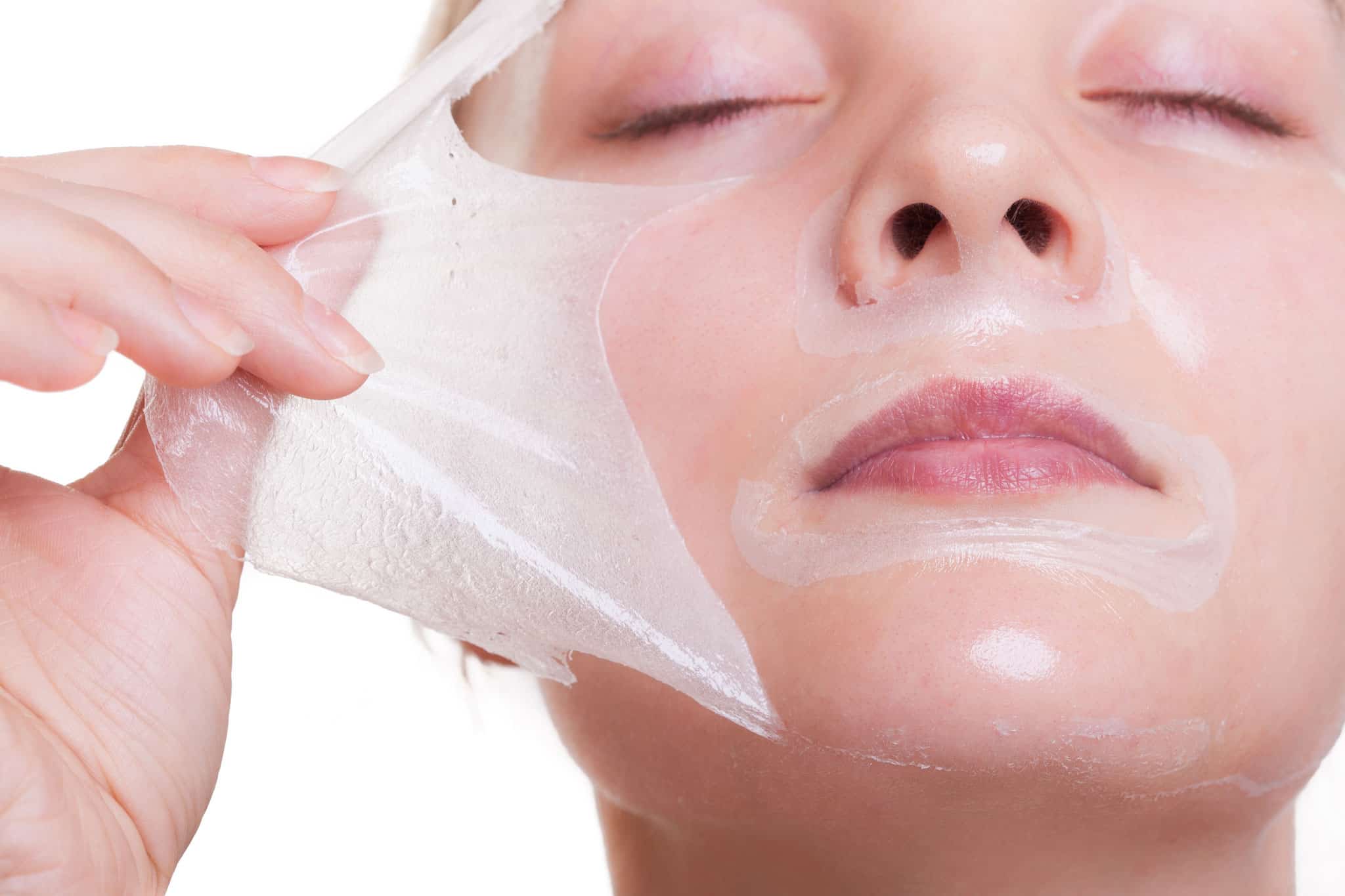What is skin peeling?
Peeling or peeling of the skin, especially the facial skin, has become one of the most popular methods of repairing and rejuvenating the skin today due to its low side effects and very good feedback.
Before we talk about exfoliation and exopholitis, it is better to first examine the epidermis a little more closely.
Familiarity with the epidermis layer
The epidermis is the outermost layer of the skin, which is composed of several layers and in addition to preventing the loss of body water, other processes are performed simultaneously, one of which is keratinization and the other is desquamation. desquamation). The first causes the number of horny layers to increase and the second peels off. These two processes are performed at the same speed, and if the speed of one increases for any reason, like the scaling, the speed of the other process also increases.
Exfoliation actually removes old or dead cells from the surface of the skin to kill anaerobic bacteria under the skin (such as P. acne), deep pigments come to the surface and are removed from the skin over time, and a number of other things that follow. We will deal with it in more detail.
What is peeling?
Peeling controlled damage to the skin and then the skin enters the repair process. Eventually, the skin becomes younger, more radiant and skin lesions such as (acne, pigmentation, blemishes, etc.) are reduced.
What is the mechanism of skin peeling?
Chemical peels are used to cause damage to specific skin depths in order to stimulate new skin growth and improve the texture and appearance of the surface. The exfoliating effect of chemical peels stimulates the growth of new epidermis, and collagen with melanin with a more uniform distribution. In summary, this controlled injury causes the following:
Stimulation of epidermal growth (Keratinization)
Treatment of pigmentation disorders (dispigmentation)
Inflammatory reaction and consequently increase skin collagen production
What are the types of peels?
Peeling is divided into two general categories, chemical and physical. In this article, we will deal only with its chemical type.
Chemical peels are performed on different levels of the skin, which are considered in different sources in different sources, and in this article, we divide chemical peels into four parts depending on the amount of layers involved.
Very superficial
Surface
medium
Deep
What are chemical peels?
Chemical peels facilitate and accelerate the detachment of these cells from the surface of the skin by breaking down protein bonds and breaking the connections between cells in the stratum corneum.
Chemical peels fall into several categories:
Hydroxy acids (link to the article Hydroxy acids)
Retinol
Other enzymes
Hydroxy acids:
Hydroxy acids are chemicals that are divided into several groups: α, β, etc. The hydroxyl group in the carbon chain of these materials determines the name of these hydroxy acids. These materials break down the connections of the horn cells and make scaling easier. A good thing about hydroxy acids is that they are available in all types from gels to oil-based products for all skin types.
Alpha Hydroxy Acids (AHA):
The most important thing about AHA is that its effects are only on the surface of the epidermis, and even at high concentrations it can affect a small depth. This acid also has moisturizing properties in low doses (even more than regular moisturizers).
There are different types of AHA, such as glycolic acid, which is most commonly used in beauty clinics.
Glycolic acid: Sugarcane acid
Lactic acid: Dairy acid
And...
Its benefits and applications include:
Exfoliation: Semi-neutralized glycolic acid with pH 2.5, 3, 3.5 is very suitable for exfoliating the skin
Moisturizing: AHA by absorbing water in addition to moisturizing effect also causes swelling in the skin. This swelling reduces fine lines and wrinkles.
Anti-aging effects: By increasing collagen, elastin and hyaluronic acids, it reduces wrinkles and rejuvenates the skin.
Anti-acne effects: As mentioned, the effects of exfoliation and removal of dead skin cells prevent the accumulation of acne bacteria on the skin surface.
Beta-hydroxy acid (BHA):
Unlike AHA, this acid is interested in fat and it makes sense to penetrate the follicles and sebaceous glands, and its property is more to eliminate subcutaneous (comedolytic) pimples.
The summary of BHA applications includes:
Control of sebum secretion: due to lipophilic effects
Commodolytic: Prevents the accumulation of bacteria due to the exfoliating and killing effects of dead cells.
Suitable for inflamed skin: Anti-inflammatory effects and reducing the irritating effects of AHA make this substance suitable for acne and sensitive skin.
Polyhydroxy acids (PHA):
These acids have similar effects to AHA, but due to their high molecular weight, they do not penetrate into the underlying layers of the skin. Due to the highly controlled effects and surface that PHA has, it is the most suitable choice for very dry and sensitive skin and around the eyes.
Retinoids:
These substances are derivatives of vitamin A and are used to reduce skin damage such as age spots and wrinkles caused by the sun and to treat acne. There are different types of retinoids such as retinol, tretinoin, adapalene, etc. In addition, the effects of these vitamin A derivatives stimulate the production of collagen and elastin, which also have rejuvenating effects on the skin.
One of the major problems with this substance is its side effects, which include redness and burning of the skin. Scaling and a feeling of dryness on the other hand

